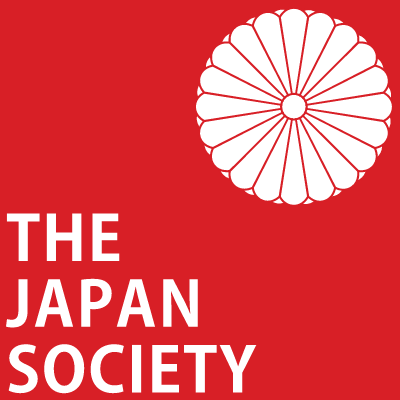Japanese Avant-Garde Pioneers

Directed by Amélie Ravalec
Official Website: www.japanavantgarde.com
Review by Mayumi Donovan
Japanese Avant-Garde Pioneers is a film about a significant moment in Japanese art and cultural history—when a wave of rebellious artists emerged in response to the destruction of World War II. Director Amélie Ravalec brings an extraordinary collection of Japanese avant-garde works to life. You feel like you are being hit by a flood of visuals—intense, unconventional, and completely immersive.
In 1960s Japan, it was an unsettling time with student protests and political unrest. Many artists emerged from this chaos to explore bold, radical forms of expression. Their work feels raw and distinctive—like a direct reaction to the turbulence of the era.
I have seen individual works by artists like Araki Nobuyoshi and Yokoo Tadanori before, but I have never seen so much from this era brought together in one place. It was incredibly powerful. The film not only showcases their work but also reveals how these artists are interconnected, sharing common influences and cultural roots.
After World War II, Japan was devastated. Tokyo was heavily bombed, and of course, the atomic bombs dropped on Hiroshima and Nagasaki left a deep scar. In the film, Yokoo says, “destruction made us desire to create.” You really feel that. There is this massive energy coming through from every artist—like they were compelled to show what they saw, heard, and felt in a very direct and dynamic way. Each used different mediums—photography, graphic art, performance—but the same radical spirit runs through everything.
It reminded me of Ravalec’s earlier film Paris/Berlin: 20 Years of Underground Techno. That film also showed how creativity can explode after destruction. In Berlin, after the Wall came down, techno became a kind of freedom—“Music has always been a big and fully effective weapon to go against lack of freedom,” says Lucy in the film. In both cases, art emerges as a response to destruction—a tool of resistance and renewal. There is a shared belief that creativity is a form of social experimentation.
There is so much power in the visuals and performances throughout this film. The images are both dark and vivid, but what ties them together is a strong, clear artistic vision—and a deep connection to Japanese culture. For example, Araki’s bondage photography using rope is rooted in kinbaku, the traditional Japanese art of erotic rope-tying. Tanaami Keiichi’s psychedelic art features traditional Japanese yokai-like creatures. Kawada Kikuji’s iconic photo book The Map was born out of the trauma of Hiroshima. The film further draws from the impactful legacy of Hosoe Eikoh, especially in references to Mishima Yukio's culturally significant, controversial photography series Ordeal by Roses
Sound is also a big part of Ravalec’s style, especially since her past films often centre on music. The soundtrack by The Secession, her close collaborator, plays a key role here. With such a wide range of artists and visuals, the film could have felt scattered, but the music gives each section a clear identity and enhances the experience. At times, it feels like you are watching a series of powerful music videos.
Japanese Avant-Garde Pioneers is a fascinating film. In the Q&A, Ravalec explained how difficult it was to get interviews with artists—especially during the COVID period. I am genuinely impressed by the volume of striking visuals and rare interviews she managed to include. It is a great way to understand the background of Japanese underground art after World War II, and how it has influenced generations of artists since then.

